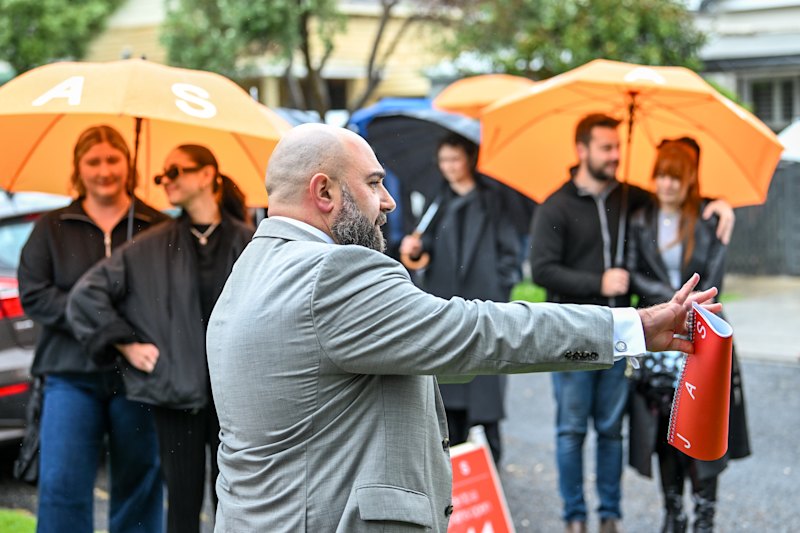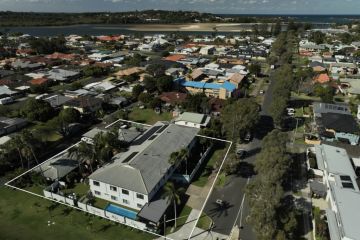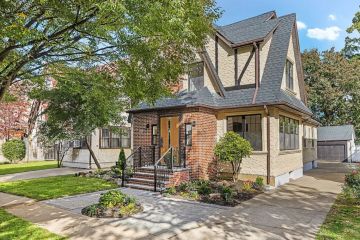Explainer: What the ACT's new stamp duty changes mean for first-home buyers
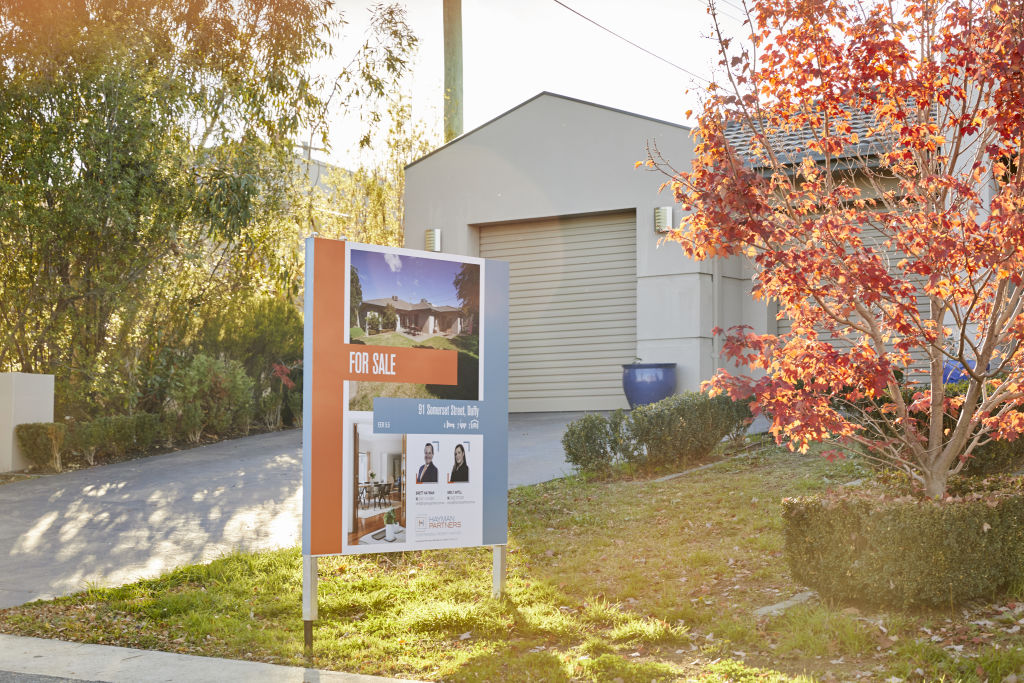
In just over a week, first-home buyers in the ACT won’t be required to pay stamp duty on any residential property so long as their annual household income is less than $160,000.
The ACT government announced its new Home Buyer Concession Scheme in last year’s territory budget. It follows similar already existing measures in NSW and Victoria.
Currently, first-home buyers in the ACT can only receive stamp duty concessions on new builds, but the new system will extend this to established properties and vacant land. But in order to cover the costs of the abolition, the first-home owner’s grant of $7000 will be ditched.
So what do the changes mean and how will they affect you?
What is stamp duty, and how much does it cost?
Stamp duty is tax home buyers are required to pay when purchasing a property.
The rate of the tax differs between states and also between the purpose of the property – if it’s an existing house, a new one, or for first-home buyers. In the ACT, from July 1, stamp duty on residential properties in the territory will be calculated as below.
| Dutiable amount | Rate of duty |
| Less than or equal to $200,000 | $1.20 for every $100, or part of $100 of the dutiable amount |
| More than $200,000 but not more than $300,000 | $2400 plus $2.20 for every $100, or part of $100 of the dutiable amount that is more than $200,000 |
| More than $300,000 but not more than $500,000 | $4600 plus $3.40 for every $100, or part of $100 of the dutiable amount that is more than $300,000 |
| More than $500,000 but not more than $750,000 | $11,400 plus $4.32 for every $100, or part of the $100 of the dutiable amount that is more than $750,000 |
| More than $500,000 but not more than $750,000 | $22,200 plus $5.90 for every $100, or part of the $100 of the dutiable amount that is more than $1 million |
| More than $1 million but not more than $1,455,000 | $36,950 plus $6.40 for every $100, or part of $100 of the dutiable amount that is more than $1 million |
| More than $1,455,000 | A flat rate of $4.54 per $100 applied to the total dutiable amount |
Note that stamp duty is calculated differently for land.
How will the new changes affect me as a first-home buyer?
As announced in last year’s ACT government budget, from July 1, first-home buyers will no longer pay stamp duty on any property purchase provided their annual household income is less than $160,000. But the threshold lifts marginally if you have children.
The new reforms will extend concessions to established properties. Currently, first-home buyers can only claim these for new builds. First-home buyers will also be able to claim concessions for vacant residential land which they were unable to do before.
The entry-level house price for Canberra is $559,000, according to Domain. Stamp duty payable on this amount is about $14,800. For units, it’s $350,000 and buyers would pay an additional $6700 to cover the tax.
What are the current stamp duty concessions available to first-home buyers?
Stamp duty concessions are currently only available for new builds priced less than $607,000. If the property is $470,000 or less no stamp duty is payable. For properties priced between $470,000 to $607,000, stamp duty is calculated at $12.35 for each $100 more than $470,000.
Is anybody better off under the existing system?
If you want to buy a new build under $470,000, you’re better off under the existing concession scheme. Not only will the stamp duty payable be zero but you will also receive the first-home owner grant of $7000 that goes towards your deposit.
First-home buyers would also be better off under the current system if they purchased a new build priced between $470,000 to $526,000, as the stamp duty payable is less than the $7000 grant. Anything above this price will not be covered by the grant.
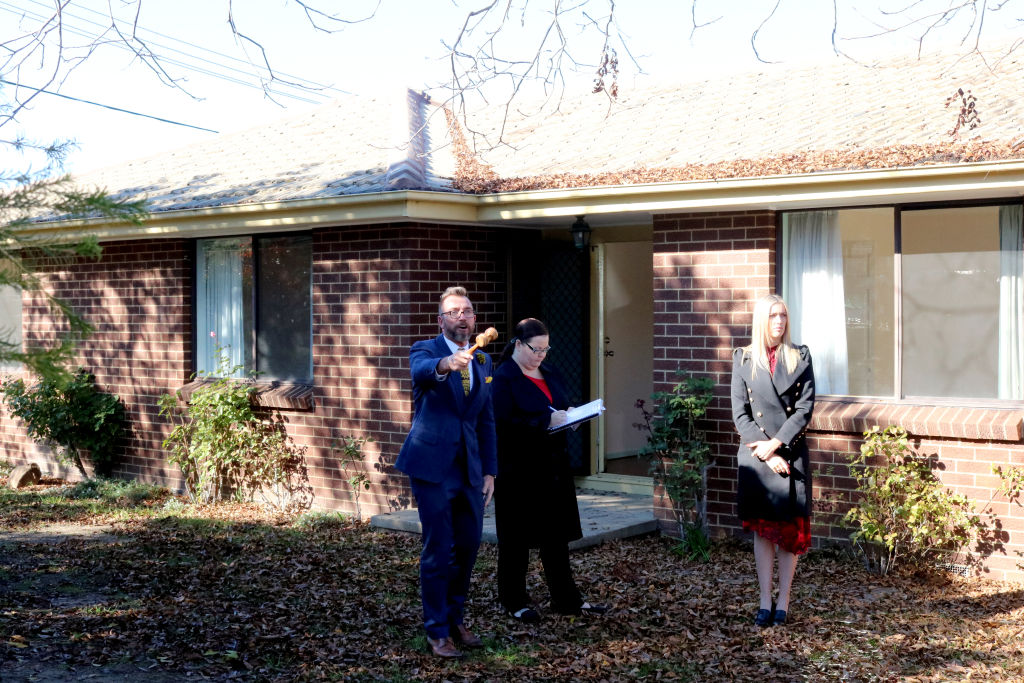
About 1200 people claim the existing concessions in any one year – about 60 per cent of all first-home buyers in Canberra.
The ACT government decided to abolish the grant in an attempt to even the playing field.
“First-home buyers are channelled into the newly built section of the market because only these purchases attract government support,” a spokeswoman for Chief Minister Andrew Barr said in May.
“Many of these home buyers may have preferred to buy an established home in an older suburb, in order to be closer to where they work, study or access services.”
I’ve been looking in Queanbeyan, what are the differences between the incoming ACT scheme and the NSW scheme?
In 2017, the NSW government brought in a new scheme which exempts first-home buyers from paying stamp duty on properties valued less than $650,000. A concessional rate applies for properties between $650,000 to $800,000. For vacant land, the threshold is $350,000 and concessions only apply for purchases between $350,000 and $450,000.
Unlike the new ACT scheme, NSW still offers a first-home owner’s grant for new homes. Buyers will receive $10,000 towards their deposit if they choose to take this option.
This means if you are buying the median price of a Queanbeyan house at $566,750 you won’t pay any stamp duty, and if it is a new property you’ll receive $10,000 as well.
I’m not a first-home buyer, what’s in it for me?
From July 1, non-first-home buyers will pay less stamp duty on their purchases, as per the 2019-20 ACT budget. The stamp duty payable on a $750,000 house will be $1300 less from this date.
This is part of the ACT government’s 20-year program to abolish stamp duty completely. In 2012, the government began to reform the tax system for property in the territory.
The reform is intended to make the system fairer, according to Mr Barr. Stamp duty used to comprise almost a quarter of all revenue in the ACT prior to 2012, despite the fact that only 9 per cent of the population paid the tax in any one year.
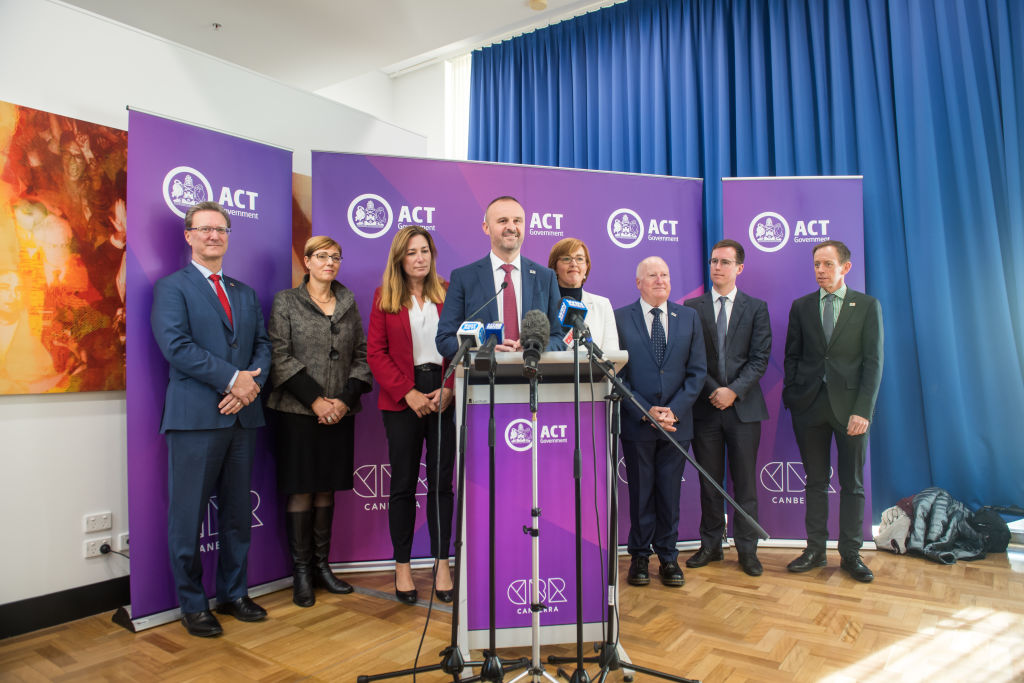
The ACT government is phasing out stamp duty by increasing rates and land taxes. During the five years since the program began, rates and land taxes have significantly grown.
Over the next financial year, as announced in the ACT budget, rates for houses and units are expected to increase, on average, by 7 and 11 per cent, respectively. Land taxes will grow, on average, by 7 per cent.
While buyers are paying less in stamp duty, revenue from the tax has actually increased since the 20-year program begun.
How will the ACT scheme work with the federal government’s scheme?
As promised during the federal election campaign, next year the government is planning to introduce a new first-home loan deposit scheme. If it comes into effect, the government would help service first-home buyer deposits by up to 15 per cent. To be eligible, first-home buyers are required to save a deposit of at least 5 per cent.
If a buyer were to take advantage of the federal government’s scheme to purchase a median-priced Canberra house ($722,440) paired with no stamp duty, the total upfront costs could be reduced by more than $130,000.
We recommend
States
Capital Cities
Capital Cities - Rentals
Popular Areas
Allhomes
More
